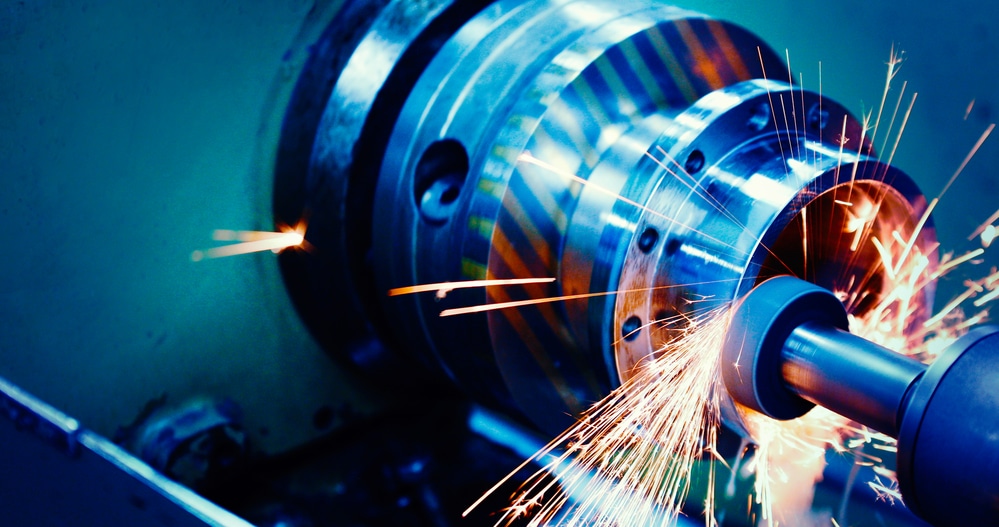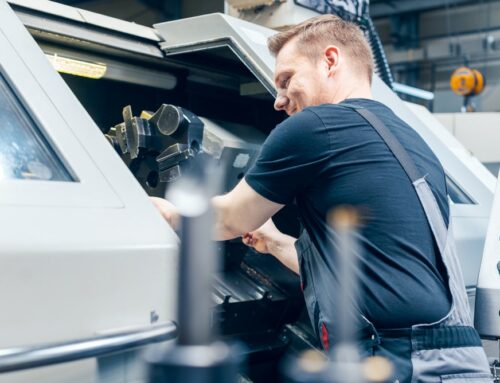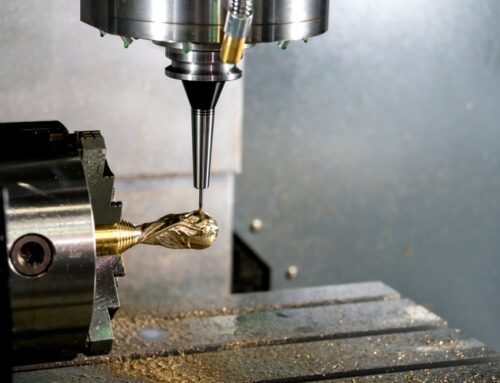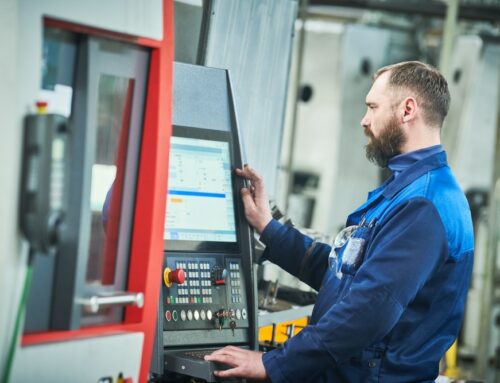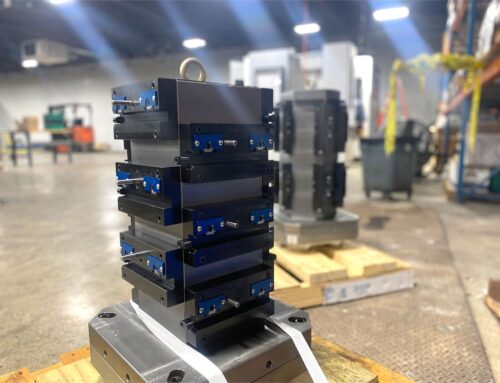Strong and effective workholding clamps are essential for a wide variety of manufacturing processes, providing the necessary support for machining operations such as drilling and milling. Whether you’re an experienced engineer or just getting started in the field, it’s important to understand the basics of workholding clamps so that you can take full advantage of their capabilities.
Types of Clamps
There are several types of workholding clamps available, including toggle, swing, and screw types. Each type has unique features that make it suited for specific applications. For example, toggle clamps feature a quick-release lever system that allows them to be securely locked into place with minimal effort. Swing clamps are adjustable and can be quickly changed to suit the size and shape of the workpiece being machined. Finally, screw-type clamps feature a threaded rod that can be quickly adjusted to apply the desired amount of pressure.
How They Are Used
Workholding clamps are used in a variety of workpiece applications, ranging from small parts machining to larger workpieces with complex shapes and sizes. Generally speaking, workholding clamps are used to hold workpieces in place while they are being machined, drilled, or otherwise processed. This ensures that the workpiece stays securely and accurately aligned during the process.
Advantages
The primary advantage of workholding clamps is their ability to secure workpieces in place with minimal effort and time investment. By using these clamps, operators can reduce setup times and increase production efficiency. Additionally, workholding clamps can be adjusted quickly to accommodate workpieces with complex shapes and sizes. This can reduce the amount of time spent on setup and increase throughput.
Tips for Successful Use
When using workholding clamps, it is important to ensure that the workpieces are properly secured in place before machining operations begin. Additionally, operators should regularly check clamps for signs of wear or damage, as this could compromise their effectiveness. Finally, when selecting a workholding clamp system, it is important to choose one that is suited to your application requirements and budget.
By understanding the basics of workholding clamps and how they are used in manufacturing processes, you can take full advantage of their capabilities and ensure that workpieces are securely held in place during machining operations. With the right clamping system, you can reduce setup times and increase production efficiency.
Vise Force® Wedge Clamps from PAWS Workholding
PAWS Workholding offers the best workholding solutions for your application needs. Our clamps feature a patented wedge design that provides quick setup times, precise workpiece alignment, and secure workholding. With Vise Force® Wedge Clamps, you can be sure that your workpieces are securely held in place while they are being machined. Contact us today to learn more about our workholding solutions!
More Information About Workholding Clamps
For more information on our workholding clamps and how they can benefit your manufacturing operations, check out our catalog. In it, we discuss the features of different types of workholding clamps and provide specific data to help you select the right one for your application requirements.

